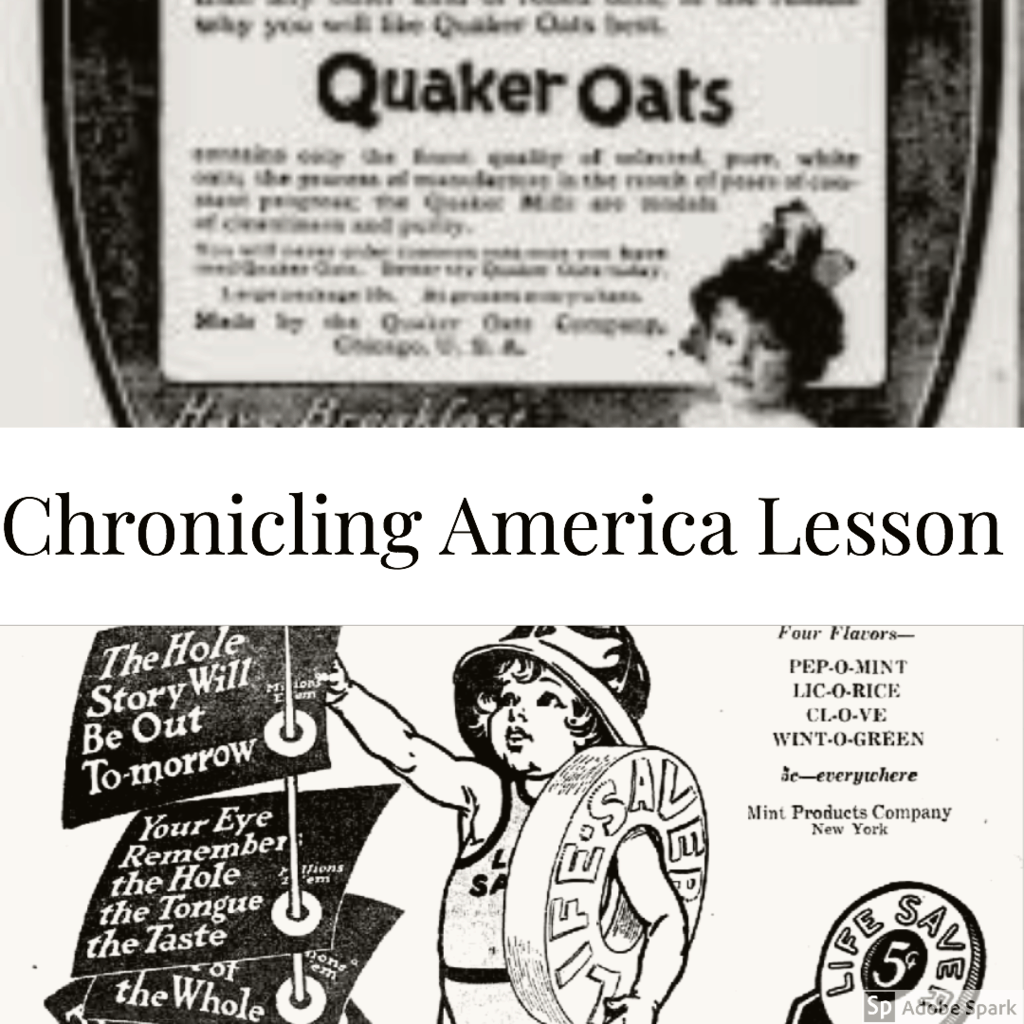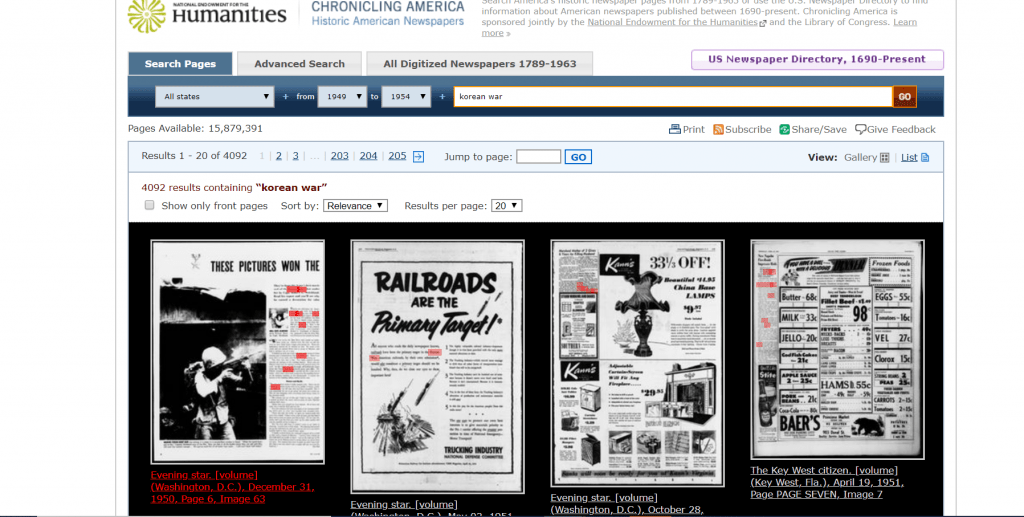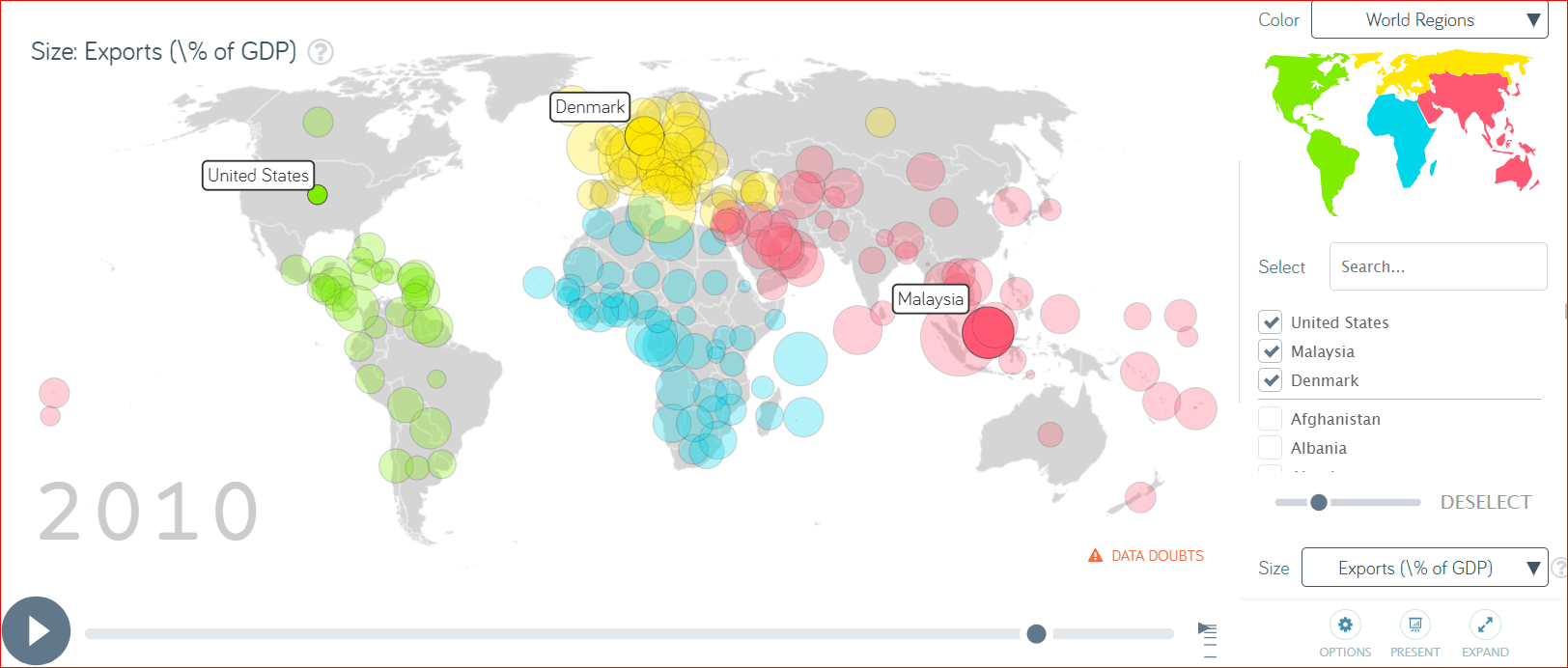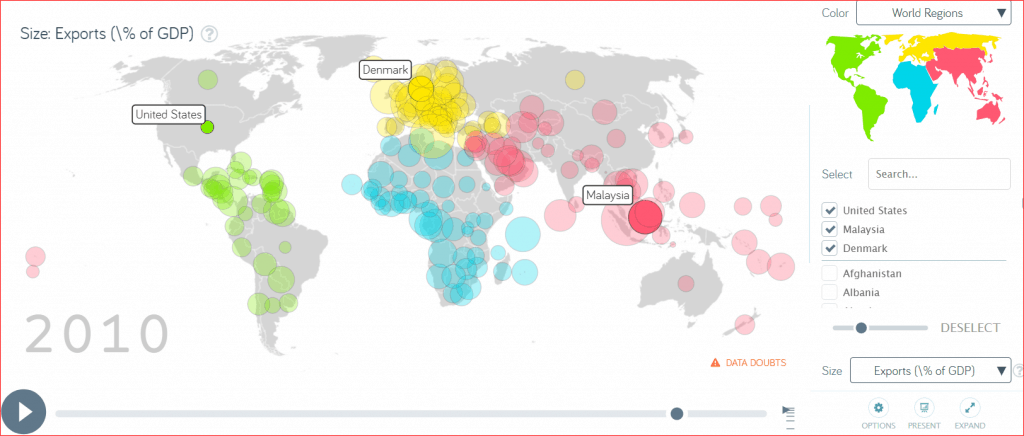8th Grade Humanities Class
For this lesson, I would use Chronicling America, the resource upon which you can look at digital copies of newspapers from a period up till about the 1960’s, in conjunction with the reading of The Outsiders text. This activity would take place at the beginning, right before students will actually begin to read the text. It would have students look up newspaper articles from the 50’s and such in the Midwest, particularly Oklahoma, where the story of The Outsiders takes place. This lesson would begin with an intro to how daily life and the roles of people in society were drastically different during the 50’s and 60’s in midwestern America and highlight some of the ways or places in which differences might be found.
Students will be introduced to Chronicling America as a resource to be able to better understand and give context to the happenings and life of the midwest in the 50’s and 60’s. The teacher will demonstrate. The teacher will then show an example of an article from the site that will set an example of highlight a part of midwest life during the time period. The teacher will ask the students to reflect and how this highlighted experience is different and or similar to experiences with this aspect of life in today’s times.
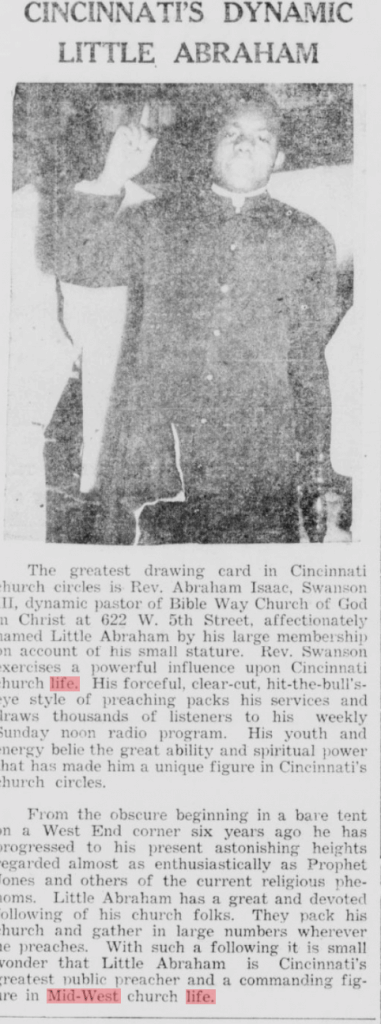
Students will then be asked to go into the Chronicling America sight and choose their own article or part of an article that highlights an aspect of midwest life at this time. They will be asked to provide a screenshot of the part of the newspaper they are using and in at least 3 sentences, describe what is going on and some similarities and differences between that idea, place, or object in that context and the context of the world in which they are living in today.
As an exit ticket, 3 students will be asked to share something that they learned from their research in terms of what may be different or similar between the midwest life of that time, around when The Outsiders text is centered, and the time and context of their lives today.

